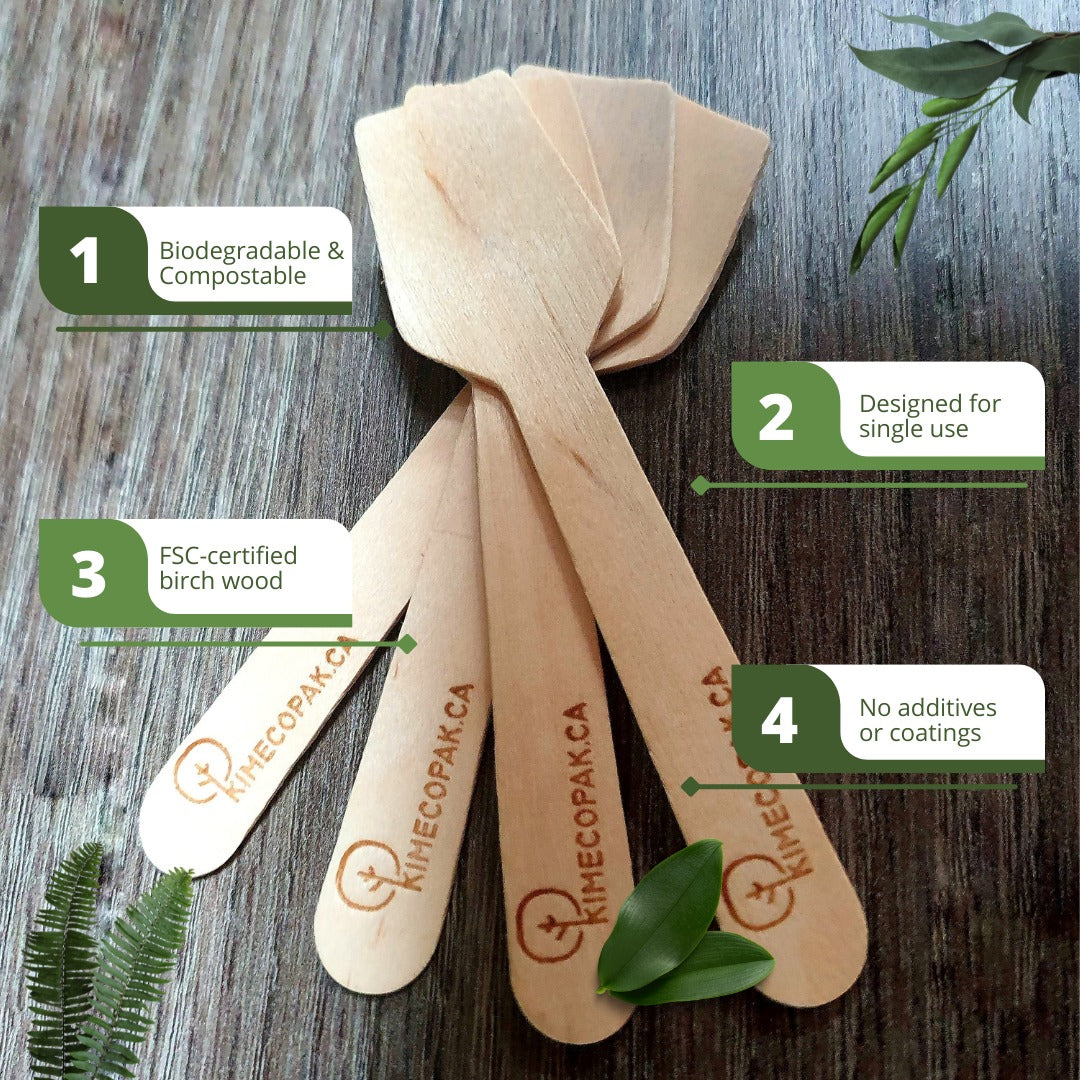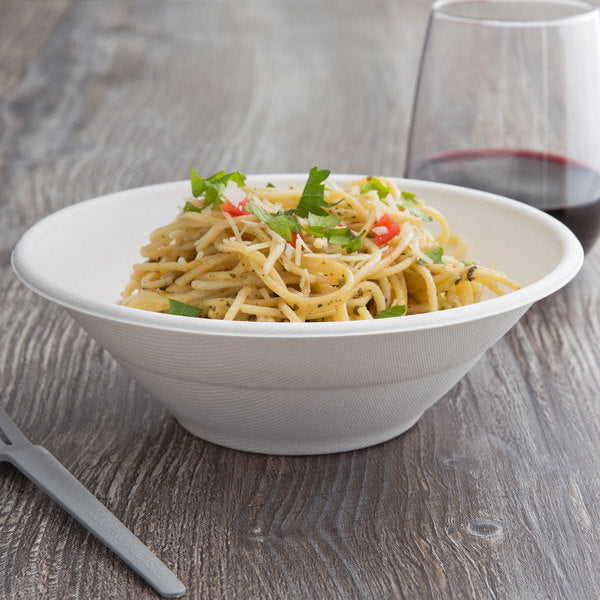When it comes to elevating your homemade pizza, the sauce is the soul of the recipe. If you love bold, exciting flavors, a spicy pizza sauce can transform your pizza into a culinary masterpiece. In this guide, we’ll walk you through everything you need to know about spicy pizza sauce, from what it is to how to make it, customize it, and use it creatively.
Introduction: Why Add a Kick to Your Pizza?
Are you ready to transform your pizza night? Moving beyond standard sauces opens up exciting flavor profiles. Adding a touch of heat with a spicy pizza sauce might be the perfect upgrade you are looking for. It’s a simple change that delivers a big impact.
What is Spicy Pizza Sauce? (Defining the Basics)
At its core, spicy pizza sauce is a tomato-based condiment specifically designed for pizza application. Its defining characteristic is the intentional addition of ingredients that provide noticeable heat. This usually comes from elements like red pepper flakes, cayenne pepper, or various types of chilies. Think of it as classic pizza sauce’s fiery cousin, built upon familiar flavors like tomato, garlic, and Italian herbs but with an added spicy dimension perfect for complementing pizza dough and pizza toppings.

Beyond Ordinary: Elevating Your Pizza Experience
Why settle for plain when you can have pizzazz? Using a spicy pizza sauce elevates your homemade pizza recipe from predictable to exciting. It introduces a layer of complexity and warmth that standard sauces lack. Imagine biting into a slice where the familiar comfort of cheese and toppings meets a delightful, zesty kick – it wakes up your taste buds!
A friend of mine thought homemade pizza was getting boring until they tried an easy spicy pizza sauce recipe; now it's their go-to for adding excitement to pizza night ideas. This sauce doesn't just add heat; it enhances the overall flavor profiles of your chosen ingredients.
Who is This Guide For? (Spice lovers, home cooks, pizza fans)
This guide is for anyone curious about adding some fire to their pizza. Are you a spice lover always seeking the next level of heat? You're in the right place. Are you involved in home cooking and looking for ways to make your homemade pizza even better, perhaps searching for the best spicy pizza sauce recipe or how to make pizza sauce spicy from scratch?
We've got you covered. Even if you're simply a pizza fan wanting to explore new taste sensations beyond the usual offerings when you order spicy pizza online, this guide will provide valuable insights and spicy recipes.
The Anatomy of Spicy Pizza Sauce
Understanding the components of a great spicy pizza sauce helps you create the perfect base for your homemade pizza recipe. Good sauce making involves balancing key ingredients. Each element plays a crucial role in the final taste and texture.
The Foundation: Choosing Your Tomatoes (Canned vs. Fresh)
The heart of nearly every pizza sauce is its tomato base. Your choice significantly impacts the final flavor profile. Many cooks prefer canned tomatoes, such as quality crushed tomatoes or whole peeled varieties like San Marzano Tomatoes, for year-round consistency and convenience.
They provide a reliable foundation. Alternatively, using fresh tomatoes, especially during peak season, can yield a vibrant, bright flavor for a truly special spicy pizza sauce recipe with fresh tomatoes. However, fresh tomatoes require more preparation. Some recipes also utilize tomato paste for a concentrated flavor boost.
Bringing the Heat: Common Spice Sources
This is where the "spicy" in spicy pizza sauce comes alive. Several ingredients can add that desired kick when you're learning how to make pizza sauce spicy from scratch. The choice affects both the heat level and the subtle background flavors.
Red Pepper Flakes: The Classic Choice
Red pepper flakes (often labeled Crushed Red Pepper) are the most common choice for adding heat. They are readily available and easy to use. These flakes provide visible specks of red and deliver a straightforward, building heat. You can easily adjust the amount to control the spiciness.
Cayenne Powder: Consistent Heat
Cayenne pepper powder offers a different approach. Its fine texture blends seamlessly into the sauce. This results in a more consistent, background heat without visible flakes. Cayenne powder makes it simple to dial the heat up or down precisely.
Fresh Chilies: Vibrant Flavor (Jalapeño, Serrano)
Using fresh chili peppers, like finely minced jalapeño or serrano, adds a vibrant, slightly fruity or grassy note alongside the heat. This introduces a different dimension compared to dried chilies. Remember that fresh chili heat can vary, so adding them requires careful taste-testing. Exploring different what chilies are best for spicy pizza sauce opens up many flavor possibilities.
Essential Aromatics & Herbs (Garlic, Onion, Oregano, Basil)
Beyond tomatoes and spice, classic aromatics form the sauce's soul. Garlic and onion provide a savory depth that complements the tomato base. Essential Italian herbs, particularly dried oregano and basil, contribute that unmistakable pizza parlor aroma and taste. These flavor components are fundamental to an authentic sauce.
Other Flavor Enhancers (Olive Oil, Salt, Sugar/Sweetener)
Small additions significantly impact the overall balance. A good quality olive oil adds richness and helps meld the flavors together. Salt is crucial; it enhances all the other ingredients, making the tomato taste brighter and the spices pop. Sometimes, a pinch of sugar or another sweetener is used. This does not necessarily make the sauce sweet but helps balance the acidity of the tomatoes and the intensity of the heat, creating a more rounded spicy pizza sauce.

How to Make Spicy Pizza Sauce: Recipes & Techniques
Learning how to make pizza sauce spicy from scratch is rewarding and allows complete control over the flavor profile. Whether you need a quick homemade spicy pizza sauce or want to explore gourmet options, these recipes and techniques provide a great starting point for your next homemade pizza recipe. Proper sauce making techniques ensure delicious results.
Quick & Easy Spicy Pizza Sauce (Classic Red Pepper Flake Recipe)
This is a fantastic, straightforward easy spicy pizza sauce recipe using classic red pepper flakes for heat. It is perfect for busy weeknights or when you first start experimenting.
Ingredients List
- 1 tbsp Olive Oil
- 2 cloves Garlic, minced1
- 1 can (28 oz / 794g) Crushed Tomatoes (preferably San Marzano Tomatoes)
- 1 tsp dried Oregano
- 1/2 tsp dried Basil
- 1/2 - 1 tsp Red Pepper Flakes (adjust to your heat preference)
- 1/2 tsp salt (or to taste)
- 1/4 tsp black pepper
- Optional: pinch of sugar (to balance acidity)
H4: Step-by-Step Instructions
- Heat the olive oil in a saucepan over medium heat.
- Add the minced garlic and sauté for about 30-60 seconds until fragrant. Do not let it brown.
- Pour in the crushed tomatoes. Stir well.
- Add the dried oregano, dried basil, red pepper flakes, salt, black pepper, and optional sugar.
- Bring the sauce to a simmer, then reduce the heat to low.
- Let it simmer gently for at least 15-20 minutes, stirring occasionally, allowing flavors to meld. For a deeper flavor, simmer longer (30-45 minutes).
- Taste and adjust seasoning, adding more red pepper flakes if more heat is desired.
- Use immediately on your pizza dough or let it cool before storing.
Cooked vs. No-Cook Spicy Sauce: Which is Better?
There are two primary methods for preparing spicy pizza sauce, each offering distinct advantages. The best choice depends on your time and desired taste.
Pros and Cons of Cooked Sauce (Deeper flavor)
-
Pros: Simmering allows flavors to deepen and meld together, creating a richer, more complex taste.2 Cooking can also slightly thicken the sauce naturally. This method is excellent for developing robust flavor profiles.
-
Cons: It requires more time and attention on the stovetop. The heat application slightly diminishes the fresh tomato brightness compared to no-cook versions.
Pros and Cons of No-Cook Sauce (Fresher taste)
-
Pros: This method is incredibly fast and easy – simply blend or mix the ingredients. It retains a bright, vibrant, fresh tomato flavor. It's ideal for a truly quick homemade spicy pizza sauce.
-
Cons: The flavors might not feel as deeply integrated. The raw garlic flavor can be more pronounced if not managed carefully. The final sauce might be thinner unless using tomato paste as a primary component.
Gourmet Heat: Using Specialty Chilies
Ready to move beyond standard flakes? Exploring different chili peppers unlocks unique and exciting flavor profiles for your spicy recipes. This is what chilies are best for spicy pizza sauce when seeking something special.
Calabrian Chili Pizza Sauce: Fruity & Fiery
Using Calabrian chilies, often packed in oil, creates a spicy pizza sauce using Calabrian chilies with a unique fruity, slightly smoky, and complex heat. They offer a medium-high spice level and a distinctive taste popular in Southern Italian cuisine. A little goes a long way.
Chipotle Pizza Sauce: Smoky Spice
For a smoky twist, incorporate chipotle peppers (smoked, dried jalapeños), typically found canned in adobo sauce or as a powder. This adds a smoldering, earthy heat that pairs well with toppings like chicken, corn, or pineapple on your pizza.
Habanero or Ghost Pepper Sauce (For the Brave!)
For extreme heat enthusiasts, adding minced Habanero Pepper or even a minuscule amount of ghost pepper provides intense fire. Use extreme caution – these peppers are significantly hotter than jalapeños or cayenne. Start with a tiny amount, taste, and adjust very carefully to control the heat level. This is only recommended for those with a high tolerance for spicy food.
Popular Types of Garlic Pizza Sauce

Mastering the Heat & Flavor Balance
How to Control the Spiciness Level (Start small!)
When crafting your perfect spicy pizza sauce, remember the golden rule: you can always add more heat, but you can't easily take it away. For those new to making spicy food or when catering to a diverse crowd, it's wise to start small with your chili additions.
Begin by incorporating a modest amount of heat, such as a pinch of red pepper flakes or a small amount of finely chopped Calabrian chilies. Taste as you go. This allows you to gradually build the spicy recipes to your desired intensity without overwhelming the other delicious flavors. Consider using different types of chilies, as each offers a unique heat profile and flavor.
For example, cayenne pepper provides a direct, sharp heat, while Calabrian chilies offer a fruity and smoky warmth. If you're using a store-bought sauce as a base, you can incrementally add hot sauce or chili oil to achieve your preferred spice level. Remember, it's easier to add a bit more red pepper flakes than to try and neutralize an overly spicy batch.
Achieving Perfect Harmony: Balancing Heat, Acidity, and Sweetness -
The key to a truly exceptional spicy pizza sauce lies in the importance of balance between heat, acidity, and sweetness. The spiciness from ingredients like Calabrian chilies or red pepper flakes needs to be complemented by the tanginess of tomatoes, often provided by high-quality options like San Marzano Tomatoes. A touch of sweetness, which can come from a pinch of sugar or even naturally sweet tomatoes, helps to round out the flavor profile and prevent the sauce from being solely about the heat.
This careful orchestration of flavors creates a more complex and enjoyable sauce. Think of it like a culinary symphony where each element plays a crucial role. For instance, if your sauce is too acidic, a tiny bit of sugar can mellow it out. Conversely, if it lacks brightness, a splash of vinegar or lemon juice can add that needed zing. Achieving this perfect harmony ensures your homemade spicy pizza sauce is not just hot, but also deeply flavorful and satisfying.
Tips for Adjusting Spice After Making the Sauce
Even the most experienced cooks sometimes need to fine-tune the spiciness of their sauce after it's been made. If you find your spicy pizza sauce recipe is not spicy enough, you have several options. You can stir in more red pepper flakes, add a few drops of your favorite hot sauce, or infuse the sauce with more chili flavor by gently simmering it with whole dried chilies for a while, then removing them. For a different dimension of heat, consider adding a pinch of cayenne pepper.
On the other hand, if your sauce has become too intense, there are a few tricks to try and mitigate the heat. Adding a dollop of plain yogurt or a swirl of cream can help to cool down the spiciness. A touch more tomato paste or crushed tomatoes can also help to dilute the heat. Remember to taste and adjust gradually until you reach your desired level of spiciness.
The Pizza Context: Sauce Consistency Matters
When making spicy pizza sauce, the consistency is a crucial factor because it is formulated for pizza. Unlike pasta sauces, which can be thinner, pizza sauce typically needs to be thicker to prevent it from soaking into the dough and making it soggy. A thicker consistency allows the sauce to sit nicely on the pizza base, providing a flavorful foundation for your toppings.
To achieve the right consistency, you might simmer your sauce for a longer period to allow excess liquid to evaporate. Using tomato paste in your recipe can also help to thicken the sauce. The ideal consistency should be spreadable but not runny. This ensures that each bite of your pizza delivers the perfect ratio of crust, sauce, and toppings, with the spicy recipes flavor shining through without compromising the structural integrity of your pizza.

Store-Bought Spicy Pizza Sauce Options
What to Look For on the Label
When choosing a store-bought spicy pizza sauce, carefully examining the label can help you find the perfect level of heat and flavor. Look for mentions of specific chili peppers like Calabrian chilies, habanero pepper, or cayenne pepper, as these indicate the source and type of spiciness. The ingredient list will also reveal if the sauce contains red pepper flakes or other heat-inducing elements. Pay attention to the order of ingredients; those listed earlier are present in larger quantities.
If you're looking for a sauce with a specific flavor profile, note if it includes Italian herbs such as oregano and basil, as well as other flavor enhancers like garlic and onion. For those with dietary restrictions, check for allergens and the sodium and sugar content. Some brands might also highlight the use of high-quality tomatoes like San Marzano Tomatoes, which are known for their balanced acidity and sweetness, contributing to a better overall sauce.
Comparing the nutrition information and ingredient lists of different best spicy pizza sauce brand options will guide you towards a choice that aligns with your taste preferences and dietary needs.
Popular Brands (Mention if applicable/known, or advise checking local stores/online)
While specific availability can vary by region, some popular brands often offer spicy pizza sauce options. Many well-known Italian food brands have an Arrabiata sauce, which is inherently spicy due to the inclusion of red chili peppers. You might find spicy pizza sauce variations from brands that specialize in pasta sauces. It's always a good idea to check the Italian food aisle of your local grocery stores for brands that offer a "spicy" or "diavolo" (devil) version of their pizza sauce.
Online retailers are also a great resource for discovering a wider variety of store-bought spicy pizza sauce recommendations, including artisanal and specialty brands that might not be available locally. Reading online reviews can provide insights into the heat level and flavor profiles of different brands, helping you make an informed decision when you buy spicy pizza sauce. Keep an eye out for smaller, regional brands as well, as they often offer unique and flavorful spicy options.
Glass jars with lids are specially designed for storing sauces.

Frequently Asked Questions (FAQs)
FAQ 1: Can I just add hot sauce to regular pizza sauce?
Yes, you absolutely can add hot sauce to regular pizza sauce to make it spicy. This is a quick and easy way to customize the heat level to your preference. Consider the flavor profile of the hot sauce you choose, as it will influence the overall taste of your spicy pizza sauce. Some hot sauces are vinegar-based, while others have a fruitier or smokier flavor. Start with a small amount and taste as you go to avoid making it too spicy. This method allows for easy adjustment and is a great option when you need a quick homemade spicy pizza sauce.
FAQ 2: Is Arrabiata sauce the same as spicy pizza sauce?
While Arrabiata sauce is a type of spicy tomato sauce, it's not exactly the same as all types of spicy pizza sauce. Arrabiata sauce is traditionally made with tomatoes, garlic, dried red chili peppers, and sometimes Italian herbs like parsley. It's specifically known for its fiery kick. While an Arrabiata sauce can certainly be used as a spicy pizza sauce, not all spicy pizza sauce recipes will adhere to the specific ingredients of an Arrabiata sauce. Some homemade spicy pizza sauce might use different types of chilies, such as Calabrian chilies or cayenne pepper, or include other ingredients not typically found in Arrabiata sauce. So, while related, they are not necessarily interchangeable in their specific composition.
FAQ 3: How long will homemade spicy pizza sauce last in the fridge?
Properly stored homemade spicy pizza sauce will generally last in the refrigerator for 3 to 4 days. Ensure that the sauce has cooled completely before transferring it to an airtight container. For longer storage, you can freeze the sauce for up to 3 months. When freezing, leave some headspace in the container as the sauce will expand. To thaw, simply transfer the frozen sauce to the refrigerator overnight. Always check for any signs of spoilage, such as an off odor or mold, before using stored homemade pizza recipe sauce.
FAQ 4: My sauce is too spicy! How can I tone it down?
If your spicy pizza sauce has become too intense, there are a few ways to reduce the heat. Adding a dairy element like a dollop of plain yogurt, sour cream, or even a splash of milk or cream can help to neutralize the capsaicin, the compound that makes chilies spicy.
Another effective method is to add a touch of sweetness, such as a pinch of sugar or a drizzle of honey, which can help to balance the heat. You can also try adding more tomato-based ingredients, like crushed tomatoes or tomato paste, to dilute the spiciness. A small amount of acid, like a squeeze of lemon juice or a dash of vinegar, can sometimes help to cut through the heat as well. Add these ingredients gradually and taste frequently until you reach your desired level of spiciness.
Conclusion
Creating the perfect spicy pizza sauce is an art that involves mastering the balance of heat and flavor. Whether you choose to make your own easy spicy pizza sauce recipe from scratch using ingredients like Calabrian chilies or red pepper flakes, or opt for a convenient store-bought spicy pizza sauce, understanding how to control the spiciness level is crucial.
Remember to start small when adding heat and to consider the importance of balance between spiciness, acidity, and sweetness for a truly harmonious sauce. If you're using a store-bought option, carefully check the label for chili types and heat indicators. And if your sauce ends up too spicy, don't worry; there are simple tricks to tone it down.








